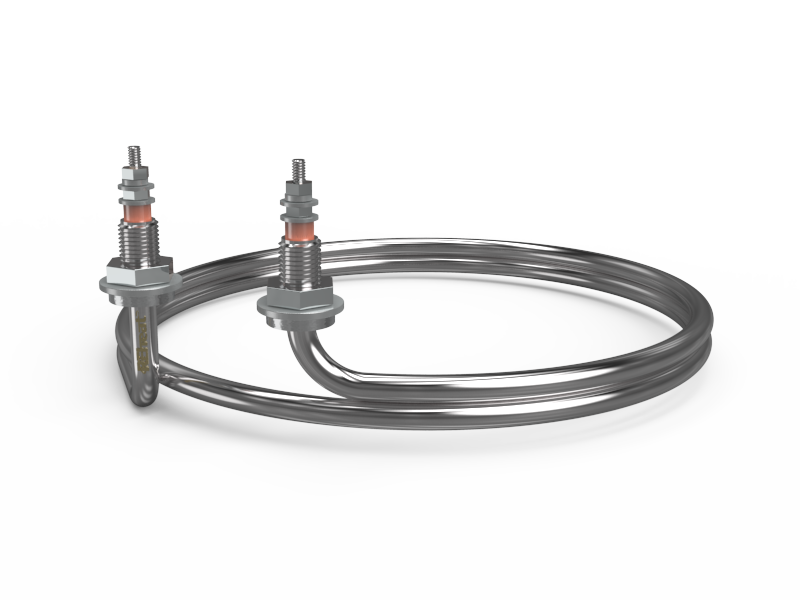Overview
Tubular heaters offer efficient and reliable heat transfer, making them suitable for applications such as air heating, immersion heating, and process heating. Their compact size and flexibility in design allow them to be easily integrated into different systems and equipment.
Features
High-Efficiency Heating: Tubular heaters provide rapid and efficient heat transfer, ensuring optimal performance in various heating applications.
Durable and Corrosion-Resistant: The metal sheath protects the heating element from corrosion and mechanical damage, extending the heater's lifespan.
Customizable Designs: Available in various lengths, diameters, and wattages, tubular heaters can be customized to meet specific application requirements.
Versatile Mounting Options: They can be mounted in different ways, such as horizontally or vertically, and can be designed with flanges, threads, or brackets for secure installation.
Wide Range of Applications: Suitable for air heating, liquid heating, and process heating in industries such as HVAC, food processing, and chemical manufacturing.
Safety Features: Many tubular heaters include built-in safety features like thermal fuses and over-temperature protection to prevent accidents and equipment damage.
FAQ
What materials are commonly used for tubular heater sheaths?
Common materials include stainless steel, Incoloy, and Inconel. The choice of material depends on the application's temperature and chemical resistance requirements.
Can tubular heaters be used in explosive environments?
Yes, but they must be properly certified for hazardous locations and installed according to safety regulations.
How do I determine the appropriate wattage for my application?
The required wattage depends on factors such as the desired temperature, heat-up time, and the material being heated. Consulting with a heating specialist can help determine the optimal wattage.
What maintenance is required for tubular heaters?
Regular inspections for signs of wear or damage, cleaning to remove debris or contaminants, and checking electrical connections are recommended maintenance practices.
What is the typical response time of tubular heaters?
The response time varies depending on the heater's design and the application. Generally, tubular heaters can reach operating temperature relatively quickly, often within minutes.






















